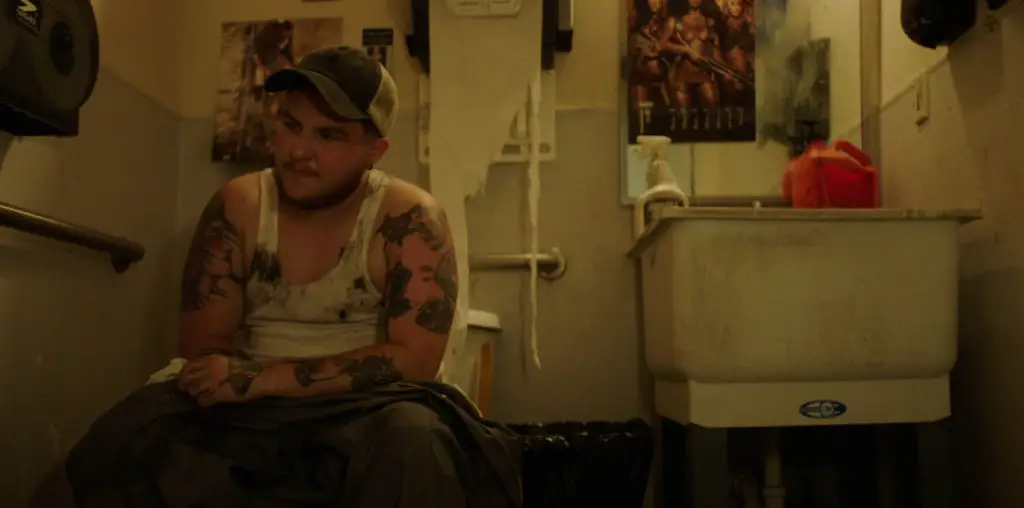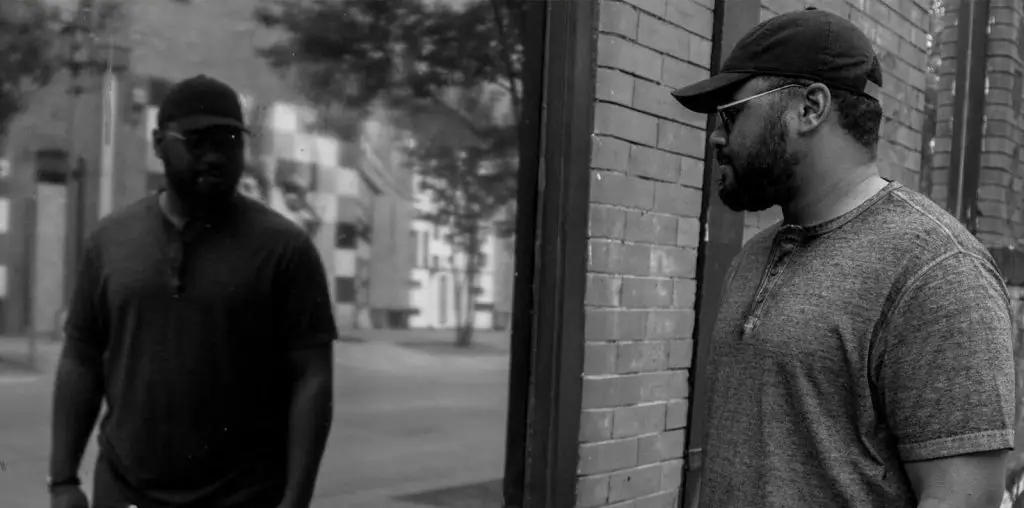
From the late 1960s to the early 1980s, the concert documentary genre offered moviegoers an invigorating glimpse into the kinetic and often chaotic world of the rock music superstars. Whether capturing classic once-in-a-lifetime performance line-ups at landmark events or dissecting the less-than-glamourous behind-the-scenes orbits of rockers going over the edge, the concert documentary presented a wonderfully unpredictable big screen delight.
Unfortunately, by the mid-1980s this cinematic genre was virtually dead. MTV helped hammer most of the nails into the proverbial coffin (why pay to see your favorite performers in a theater when you can catch them at home for free?), and the genre itself became hijacked into insufferable vanity productions by tiresome, less-than-fascinating stars who plopped out nonsense like “Sign O’ the Times” and “Madonna: Truth or Dare.” Recent theatrical re-releases of genre classics such as “Stop Making Sense” and “Wattstax” could only make one rueful for this wonderful golden age when movies and music were in a true rocking unison.
Mercifully, the concert documentary genre has been revived through the talents and vision of John T. Ryan and his extraordinary film “Sincerity on the Sunset Strip.” An indie filmmaker who created music videos for up-and-coming performers, Ryan focused his feature debut on the edgy world of Los Angeles’ glam and goth music scenes, and the resulting “Sincerity on the Sunset Strip” is fueled by a raw and visceral energy that demolishes the emotionally anesthetized conformity which MTV forced on the concept of filming rock performances. The stars of this film are a scruffy line-up of cheerful leather-clad eccentrics whose music literally throbs and pulsates with a sense of acute individuality and distinct personality. Even if you are not inclined to listen to glam and goth music, one cannot help but fall in love with the wild line-up with filmmaker Ryan corralled for his production: The Mistakes, Rebel Rebel, Willow Wisp, Guttersluts, Spiders and Snakes, Kommunity Fk and the Peppermint Creeps introduce themselves in cheeky and sometimes rude interviews and then roll into their performances with a sense of mission that would suggest the fate of mankind rested on the intensity of their musicalness. Visually, there is no MTV-style fussiness: the flash is kept to a careful minimum while the intelligent camera placements and subtle editing capture the soul of the performances as they happily unfold.
Content notwithstanding, Ryan’s production also deserves special notice for its unique distribution pattern. Its relatively short running time of 40 minutes and its shot-on-video format precludes wide theatrical release, yet Ryan’s film has emerged as a new cult favorite in a new alternative distribution venue. Being based in New York, Ryan has been able to tap into the growing number of bars, clubs and cafes which have incorporated film presentations (including many video-based productions which would otherwise go unseen). Last November, “Sincerity on the Sunset Strip” played to SRO crowds (including Oscar-winning filmmaker Barbara Kopple) at the weekly Light+Screen Film Festival at New York’s Siberia Bar, and the hugely positive buzz generated from the screening brought the film to other non-theatrical venues in New York and Los Angeles.
Additionally, the alternative distribution route has provided Ryan with the luxury to show “Sincerity on the Sunset Strip” with previews of his next production, a New York-based concert documentary entitled “Freaks Glam Gods and Rockstars” featuring such noteworthy performers as The Voluptuous Horror of Karen Black and the Toilet Boys. The filmmaker has tapped into audience commentary on the work-in-progress, providing invaluable insights on what’s working and what needs tinkering.
Film Threat caught up with the 28-year-old John T. Ryan to discuss his unique work in today’s music and movie scenes.
[ The filming of musical performances goes back to the dawn of talking pictures. From a director’s perspective, what are the challenges in filming a musical performance in an original and vibrant manner? ] ^ The challenge in filming a musical performance is to be honest with the camera. The camera is a wall between you and the artist; you have to break that wall. Music is sexy, no matter what the style, and if you find the sweat on someone’s chest sexy then don’t be afraid to shoot it.
[ You’ve created music videos which run only a few minutes and you’ve created feature films. From a filmmaker’s viewpoint, is it easier to tell a story in the compact timeframe of a short music video or in the wider longitude of a feature? ] ^ It is possible to share, in a short few minute clip, someone’s emotions–their pain, their joy, their desires to be whomever they want to be without even having to say one word. Some feature length films don’t even begin to touch on that after two and a half hours.
[ “Sincerity on the Sunset Strip” is a relatively short feature, running only 40 minutes. Why did you decide on this running time and how long did it take for the film to travel from creation through production to its final cut? ] ^ “Sincerity on the Sunset Strip” clocked in at 40 minutes because that’s how long it took to tell the story. I was making a documentary, not filling in numbers on a bingo card. However, the production on the 40-minute “Sincerity on the Sunset Strip” took a year and a half to complete, although the filming itself only took a week.
[ You’ve created numerous music videos, yet “Sincerity on the Sunset Strip” seems visually and emotionally closer to the classic concert films like “Woodstock” and “Stop Making Sense” rather than to the MTV fare. Were you specifically trying to avoid an MTV-style with this film? And what styles and filmmakers influenced your directing and editing on this production? ] ^ I’m not aware of what MTV is up to these days. Actually, John Waters “Pink Flamingos” was a major influence–there is certain honesty to John’s shots that have an excitement of “Wow, that really worked!” I will always admire him for that.
[ Orson Welles once stated that he preferred to do the cutting on his own films because it was easier for him to achieve the editing ebb and flow that he envisioned while shooting rather than look over someone’s shoulder and give instructions. From your experience, would you recommend that directors take the actual hands-on responsibility as editor on the films they create? ] ^ Without a doubt, directors should edit. The best directors know what they want and how to get it. And if you don’t know how to edit, you will never know what to ask of your editor and you will waste hours of time and lots of money. I always edit my own work.
[ “Sincerity on the Sunset Strip” has enjoyed screenings in several of New York’s leading alternative non-theatrical venues, including the Siberia Bar’s Light+Screen Film Festival. Obviously, having a film shown in the mainstream commercial venues is the goal of most filmmakers. However, has your travel on alternative venue route been beneficial to the film’s reputation and to you as a creative professional? ] ^ The places where my work has been shown varies from the Light+Screen Film Festival at the Siberia Bar in New York to a shop owner’s work space out in East Hampton, Long Island. The best way to show your work is to be proud of it–excitement about your own project is more important than the location of the screening.
I hate to think of the places where my work has been shown as “alternative.” I had a screening in the East Village of NYC at a place called “13” and all different types of people came: Whites, Blacks, Hispanics, Asians, straight, gay, drag queens, conservative people, hookers, you name it! To me, this is really who we are as people and for all of us to get together in one place is how life should be. This is not “underground” or “alternative.”
[ Tell us about “Freaks Glam Gods and Rockstars”…what is the film about, how is it being produced, and how does this production experience differ from your first feature? ] ^ “Freaks Glam Gods and Rockstars” is a feature length documentary about the beautiful faces of New York nightlife. There is a hybrid in New York that’s very exciting; it is where artists learn from each other. You will see punks, drag queens, rockers, glam kids and performance artists all mixing up there art. This is an independent production that I have been working on for the past few years, whereas with “Sincerity on the Sunset Strip” I flew out to Los Angeles and filmed everything in one week. I’m really taking my time with “Freaks Glam Gods and Rockstars.”
[ You have been offering previews of “Freaks Glam Gods and Rockstars” at a few of the “Sincerity of the Sunset Strip” screenings. Why did you decide to show the film as work-in-progress rather than offer it as a completed entity, and how have you used the feedback from these sneak-peeks? ] ^ The previews of “Freaks Glam Gods and Rockstars” have been made into a 10 minute short, although the finished film will be feature length. I was just so excited about the film that I wanted to start showing it. And every time I show the “Freaks Glam Gods and Rockstars” short I’m there watching the crowd. There are some pretty complex characters in NYC and it’s always exciting to see if the crowd gets them. And although the film is not done, the buzz has begun.
[ Where do you see your work heading in the near future? And what projects do you currently have on your proverbial drawing board? ] ^ The next project after “Freaks Glam Gods and Rockstars” will be set in another culture, looking at life differently and thinking different. There is a possibility of going to Japan to do a comparison of classical Kabuki Theater to contemporary Japanese rock/goth visual performers.
[ What advice would you give to aspiring John T. Ryan’s who want to break into the film world? ] ^ Get a camera.
For more info, visit John T. Ryan at [http://hometown.aol.com/ryanisland/ ]
Check out FILMTHREAT.com’s INTERVIEW ARCHIVES and read hundreds of fascinating in-depth interviews with directors, filmmakers, actors and celebrities from the world of film!

